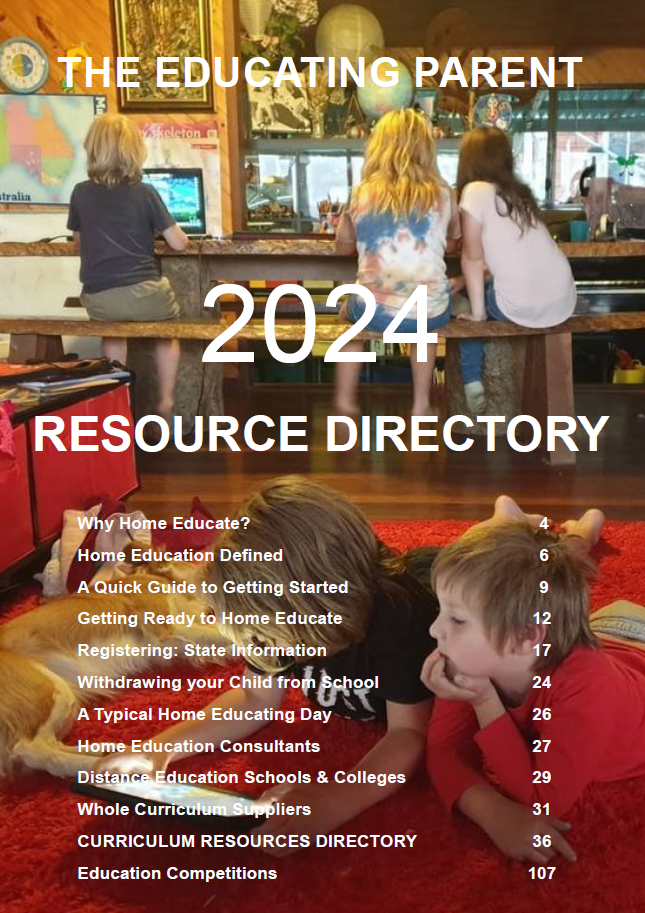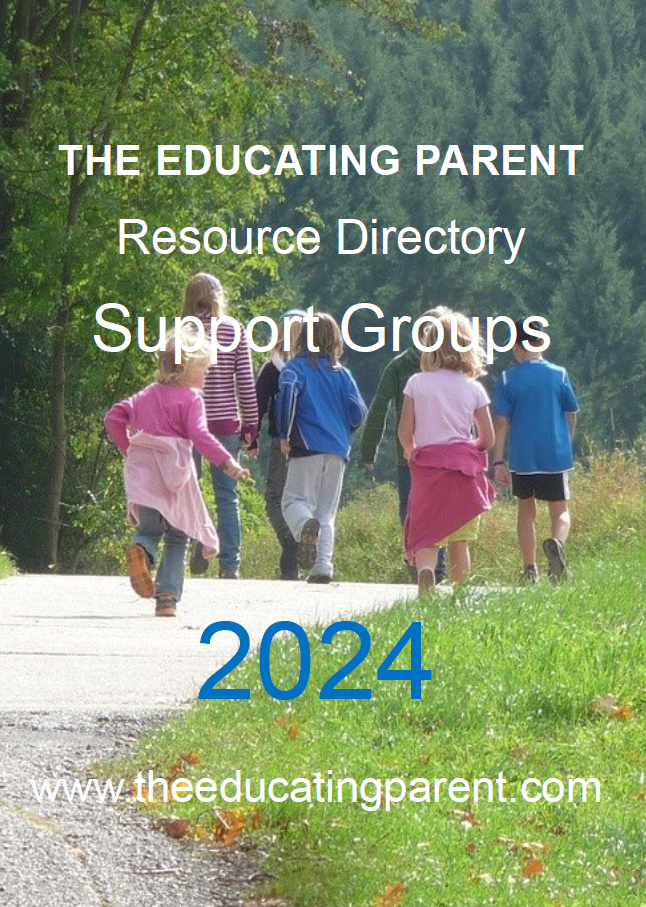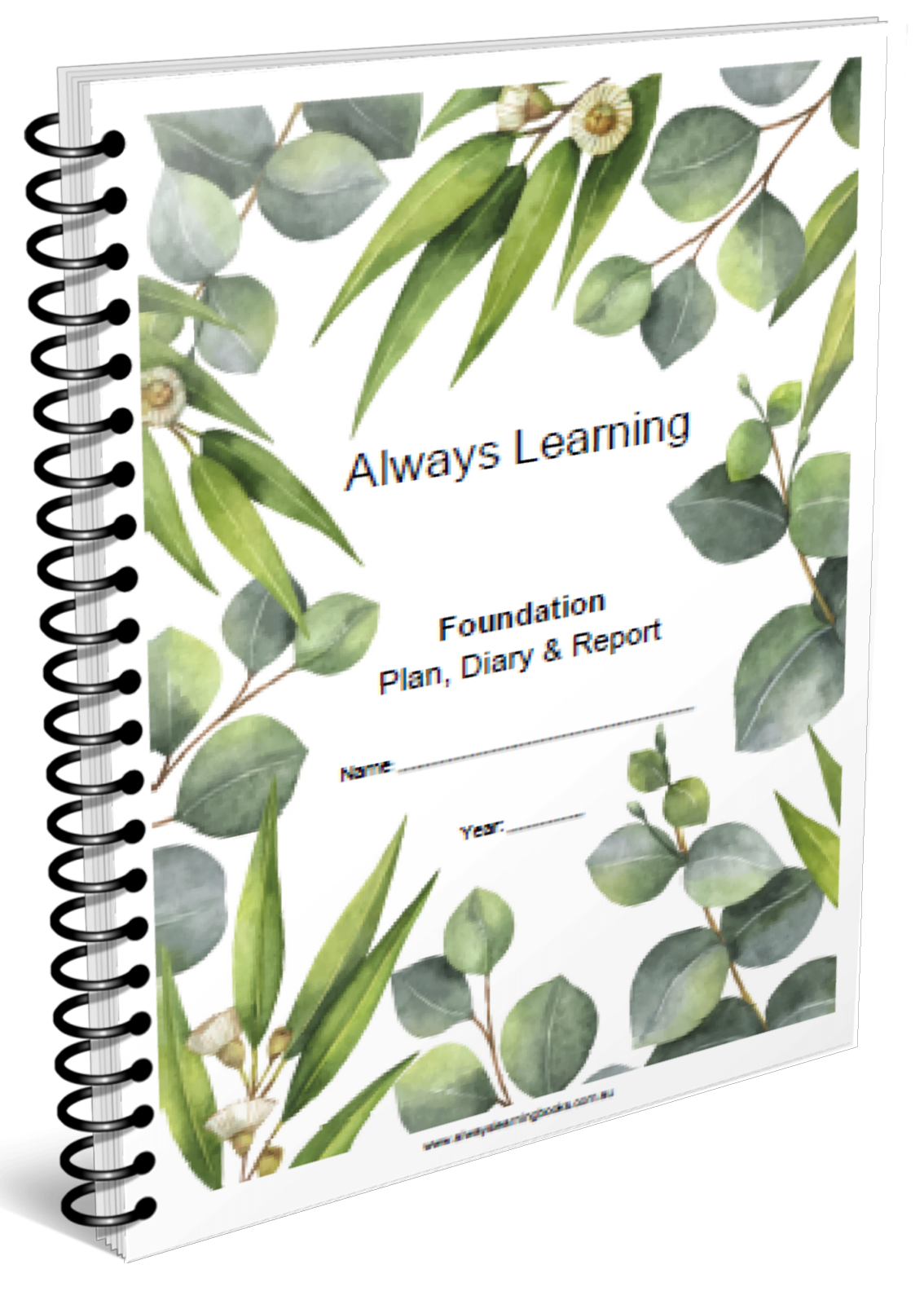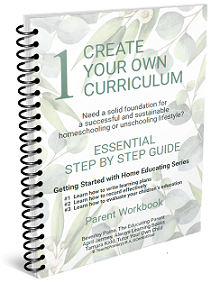|
Challenging 15 Popular Beliefs about Education
by Beverley Paine, Nov 1999
When we first began homeschooling we drew heavily on the example of our own schooling experiences of some twenty years earlier! With happy memories of school it was only natural that we'd seek to emulate the environment and practices of the classroom.
Luckily, we'd also been very involved with the local playgroup and the Kindergarten and were introduced to the idea that children learn best when instruction and learning activities are matched with their individual learning styles. Kindy was great, as it dispelled the myth that the learning environment needed a teacher at the front, rows of desks and a blackboard. In fact, the children managed to learn quite well in an environment that did it's best to look just like a family home!
The first myth we ditched in those early years was the fallacy that children learn best when seated upright at a desk or table. Although our children quickly demonstrated the reality of this, it was comforting to come across research that showed classroom design effects performance, encouraging the provision of both formal and informal types of seating ("Dispelling Outmoded Beliefs About Student Learning" Education Leadership , March 1987). The research found that school students achieved significantly better academic outcomes when allowed to choose where and what to sit on - carpet, pillows, lounges, chairs, etc.
I've never been one to need complete quiet when learning. I like some noise - usually talk-back radio which I happily ignore - when studying or writing. After nearly twenty years of homeschooling we're convinced that children do much better when exposed to a natural range of sounds each day. Music, birdsong, conversation - anything that doesn't actively distract children - are often much better than complete silence. We adopted a rule in our home: everyone has the right to work, learn and play, according to their immediate need. This meant negotiating with others to achieve the kind of environment needed in that moment. The responsibility fell to the learner to make sure that he or she got what was needed.
There's a lot of research on the educational benefits of listening to baroque music, and I've achieved some of my best writing listening to music that matches the mood of the story. We found that listening to a variety of music, quietly playing in the background, was great for naturally introducing children to the world of music, and encourages them to appreciate a range of musical styles. More often than not though, our house was filled only by the sounds of children busy learning!
My dad used to berate me regularly for reading in low light, worried I'd damage my eyesight. I didn't stop reading books under the covers with a torch and my eyesight was fine. Guided by the advice of an optometrist, with our own children we aimed for as much natural light as possible, and avoided bright fluorescent lights. Too much time at desks facing into a wall can cause more damage to children's eyesight, than soft light. And some children find bright light difficult to cope with. It's best to vary activities too, so that children aren't engaged for hours doing close work that requires a lot of concentration.
Fallacy Number 4. Students learn difficult subjects best in the early morning, when they are most alert. Research demonstrates that no matter when a class is in session, it is the wrong time of day for almost one-third of that population. If students can choose times to learn based on their motivation and alertness their scores improve.
Fallacy Number 5. Students who do not sit still are not ready to learn. Children are developing physically as well as intellectually. Moving around allows this to happen. Research demonstrated allowing children to move as they needed to improved when they didn't have to sit still.
Fallacy Number 6. Whole group instruction is the best way to teach. A small percentage of students cannot concentrate with anyone present and work better with media rather than people. Others do better in small groups.
Fallacy Number 7. Most students could achieve well academically if only they were self-motivated. The research shows children achieved significantly higher scores when taught through methods that responded to their individual learning styles, and when they exercised control over their own studies, and that motivation was changeable over time.
Fallacy Number 8. Students concentrate best when classroom temperature is maintained at from 68' to 72' Fahrenheit. Research demonstrated preferences varied dramatically among age groups, between sexes and among individuals.
Fallacy Number 9. Effective teaching requires clearly stated objectives followed by detailed, step-by-step, sequential explanations until students understand what is being taught. The research indicated understanding and matching student's learning styles is critical in effective teaching.
Fallacy Number 10. Eating should not be permitted in classrooms except at snack time; food belongs in the cafeteria. The research showed some students were able to concentrate better, and performed better, when allowed to eat when hungry.
Fallacy Number 11. Students learn best in blocks of time of approximately 40 to 55 minutes with variations for laboratory periods up to 110 minutes. When students are permitted to learn in an environment that responds to their mobility and furniture needs and can learn through their perceptual strengths rather than solely by lecture they are better able to concentrate and remember, whatever the scheduled amount of time.
Fallacy Number 12. Youngsters who cannot remember verbal instruction tend to be less intelligent that those who can. By recognising the strengths of each student, teaching can be tailored to meeting the learning needs, and outcomes are enhanced.
Fallacy Number 13. Homework should reinforce what has been taught and should be assigned from an appropriate text after a lecture. This was also related to differing learning styles, with homework which was tailored to students learning styles being the most effective.
Fallacy Number 14. Generally, the older students are, the easier it si for them to adapt to a teacher's style. Students continue to learn differently form each other and to require different amounts of attention, direction, structure, caring, support, guidance or freedom, and older students require less teacher motivation and less structure.
Fallacy Number 15. Truancy is related to poor attitudes, home problems, lack of motivation, and other factors having nothing to do with the student's preferred learning time. The research showed that when truants learning time preferences were matched correctly to their academic schedules they attended class more frequently. When truants were assigned a new teacher they attended class more often.
We must remember that beliefs can change and that theories are always arising to explain things. All popular beliefs have some basis in fact. These 15 do, too, even though research shows them to be false. Because they are so widely accepted, it is important to counteract their influence with experimental evidence. ... Instruction that is responsive to individual differences may help improve learning conditions for students at risk of academic and lifelong failure. Whenever we can we should celebrate our successes achieved with different approaches to education, in order to help others challenge false beliefs that may be holding back their children from achieving their full potential!

Was this article helpful? Was it worth $1.00 to you?
Your gift of $1 or more helps to keep this site operating
offering encouragement
and reassurance to families
wanting
better outcomes for their children.



Beverley Paine with her children, and their home educated children, relaxing at home.
Together with the support of my family, my aim is to help parents educate their children in stress-free, nurturing environments. In addition to building and maintaing this website, I continue to create and manage local and national home educating networks, help to organise conferences and camps, as well as write for, edit and produce newsletters, resource directories and magazines. I am an active supporter of national, state, regional and local home education groups.
"You've been an inspiration to me, I love the way
you really listen to people." Vanessa
"Whenever I read your writing I always come away
with increased confidence in my ability to provide and
share a wonderful learning journey with my family!" Davina
"Your guidance, understanding, support and words of
wisdom changed our lives. We now offer support and
organise many homeschooling events for others." Lesley
"Thank you once again for your prompt and friendly service.
I am convinced that your books are going to add
quality and peace of mind to my journey of teaching my kids
at home! Just from studying your website, until almost
2am
in the morning, I 've been encouraged!" Louisa
"Thank you for all your many,many reassuring words
over many, many years. You probably don't know exactly how
valuable you are to the Australian Home Education community.
I've been reading your stuff for maybe 8 years or more now.
And I'm very grateful." Gythaa


Want to learn how to write your own education plans
to suit your unique children's individual learning needs?
Or you are looking for quality curriculum and teaching tips...
Comprehensive 3 workbook 'how to home ed' course
covering the essential skills you need
successfully home educate your children

|
|
Welcome to the World of Home Education
and Learning without School!
We began educating our children in 1985, when our eldest was five. In truth, we had helped them learn what they need to learn since they were born. I am a passionate advocate of allowing children to learn unhindered by unnecessary stress and competition, meeting developmental needs in ways that suit their individual learning styles and preferences. Ours was a homeschooling, unschooling and natural learning family! There are hundreds of articles on this site to help you build confidence as a home educating family. We hope that your home educating adventure is as satisfying as ours was! Beverley Paine
3 ESSENTIAL STEP BY STEP GUIDES
Let experienced home educators Beverley, Tamara and April walk you through HOW to create a learning plan that builds on solid foundations that works for YOUR family AND ticks all the boxes for home educaton registration!
|

Tap into Beverley's
experience
through her books
"Your books, your blogs helped me beyond words... they helped me to find comfort in knowing it is ok to choose exactly what is best for my family." Nisha
"Your books and information are mind blowing and already I am feeling good about this new experience." Diane
"Your guidance, understanding, support & words of wisdom changed our lives." Leslie
"I feel specially inspired by Beverley's words and, the more I read her comments, the more inspired I feel, since my need for support, respect for different parenting styles, and information are fully met." Marijo
|
 |
|



The information on this website is of a general nature only and is not intended as personal or professional advice. This site merges and incorporates 'Homeschool Australia' and 'Unschool Australia'.
The Educating Parent acknowledges the Traditional Aboriginal and Torres Strait Islander Owners, the Custodians of Australia, and pay our respects to Elders past and present and extend that respect to Aboriginal and Torres Strait Islander people viewing this website.

Advertise on this site.
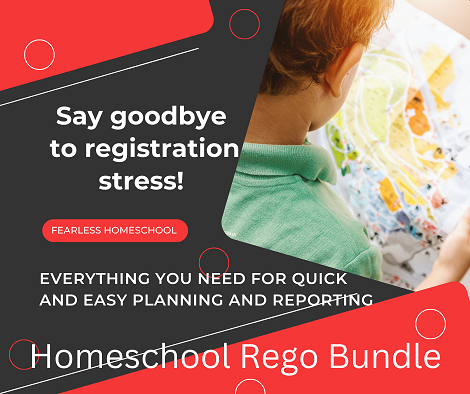







Home education is a legal alternative
to school education in Australia.
State and Territory governments are responsible
for regulating home education and have different
requirements, however home educating families
are able to develop curriculum and learning programs
to suit the individual needs of their children.

Without revenue from advertising
by educational suppliers and Google Ads
we could not continue to provide information
to home educators. Please support us by letting
our advertisers know that you found them on
The Educating Parent. Thanks!
|
![]() About
About
![]() Blog
Blog
![]() Articles
Articles
![]() Curriculum
Curriculum
![]() Resource Directory
Resource Directory
![]() Shop
Shop
![]() Facebook
Facebook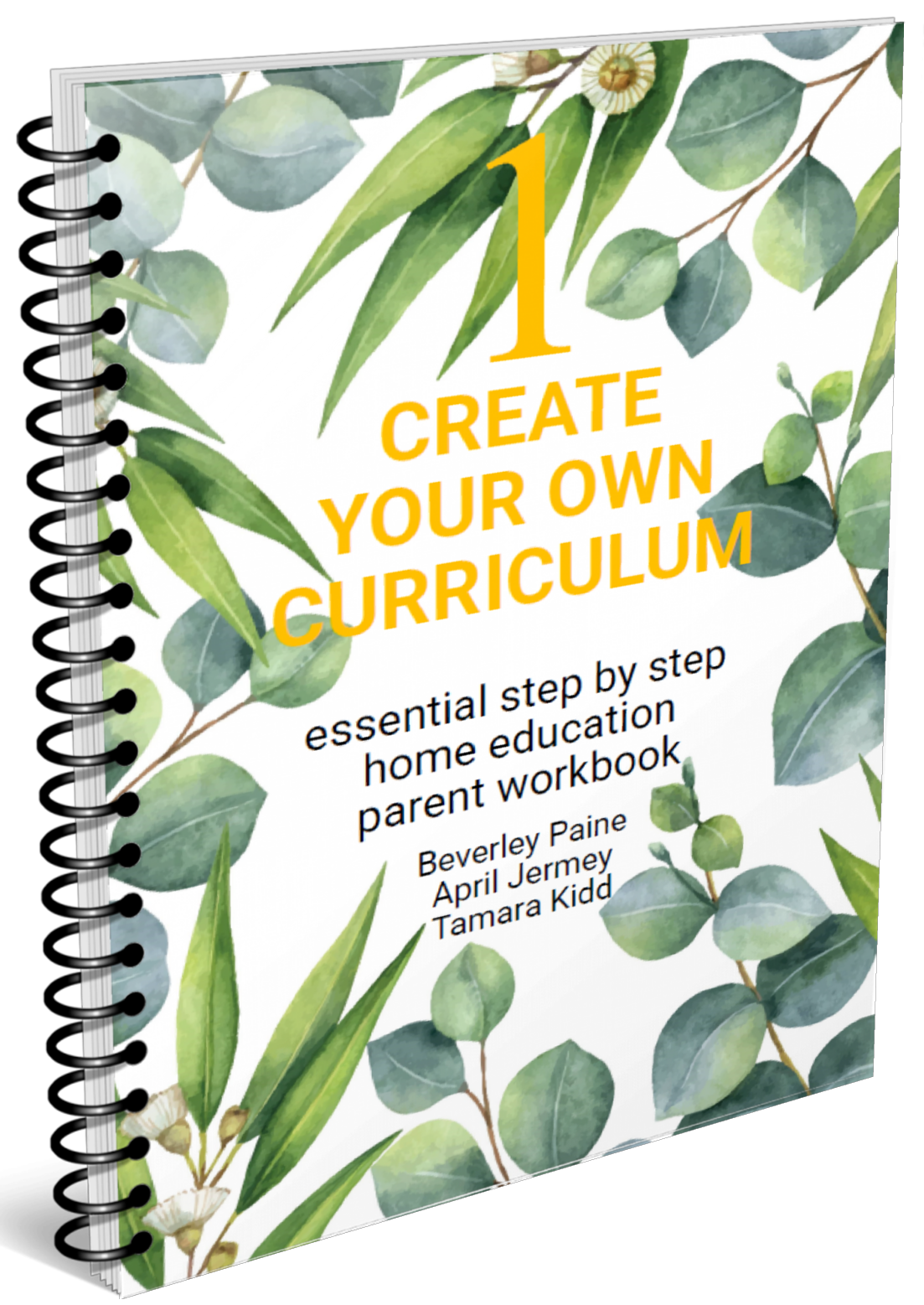
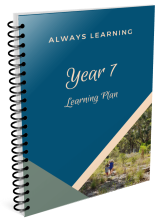
![]() SA
SA ![]() VIC
VIC ![]() NSW
NSW ![]() QLD
QLD ![]() TAS
TAS ![]() ACT
ACT ![]() NT
NT ![]() NSW
NSW ![]() QLD
QLD ![]() SA
SA ![]() WA
WA ![]() TAS
TAS ![]() ACT
ACT ![]() NT
NT 
